Guido Zuccon
Unlearning for Federated Online Learning to Rank: A Reproducibility Study
May 19, 2025Abstract:This paper reports on findings from a comparative study on the effectiveness and efficiency of federated unlearning strategies within Federated Online Learning to Rank (FOLTR), with specific attention to systematically analysing the unlearning capabilities of methods in a verifiable manner. Federated approaches to ranking of search results have recently garnered attention to address users privacy concerns. In FOLTR, privacy is safeguarded by collaboratively training ranking models across decentralized data sources, preserving individual user data while optimizing search results based on implicit feedback, such as clicks. Recent legislation introduced across numerous countries is establishing the so called "the right to be forgotten", according to which services based on machine learning models like those in FOLTR should provide capabilities that allow users to remove their own data from those used to train models. This has sparked the development of unlearning methods, along with evaluation practices to measure whether unlearning of a user data successfully occurred. Current evaluation practices are however often controversial, necessitating the use of multiple metrics for a more comprehensive assessment -- but previous proposals of unlearning methods only used single evaluation metrics. This paper addresses this limitation: our study rigorously assesses the effectiveness of unlearning strategies in managing both under-unlearning and over-unlearning scenarios using adapted, and newly proposed evaluation metrics. Thanks to our detailed analysis, we uncover the strengths and limitations of five unlearning strategies, offering valuable insights into optimizing federated unlearning to balance data privacy and system performance within FOLTR. We publicly release our code and complete results at https://github.com/Iris1026/Unlearning-for-FOLTR.git.
Reassessing Large Language Model Boolean Query Generation for Systematic Reviews
May 12, 2025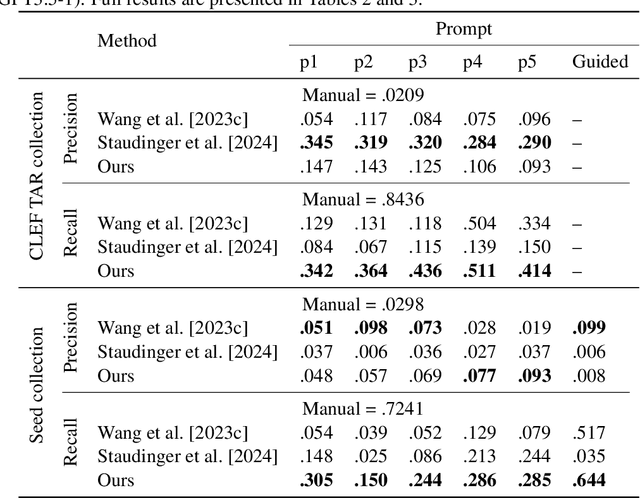
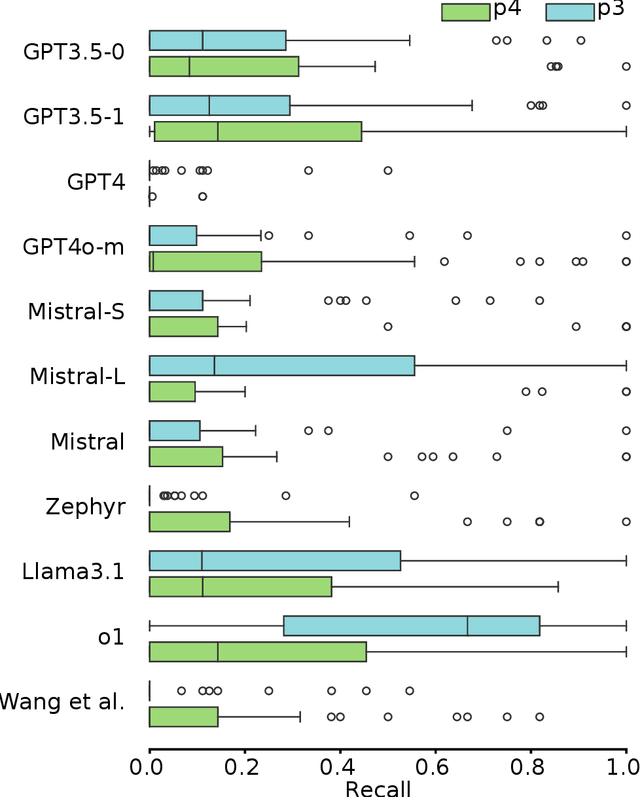
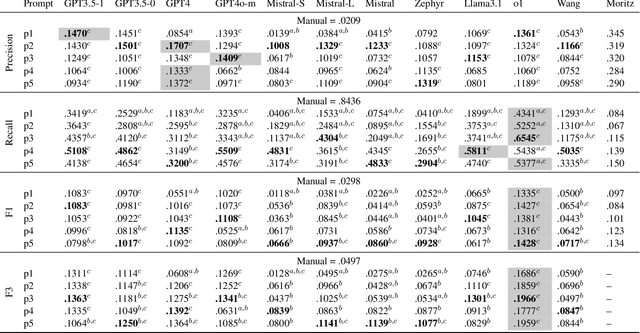
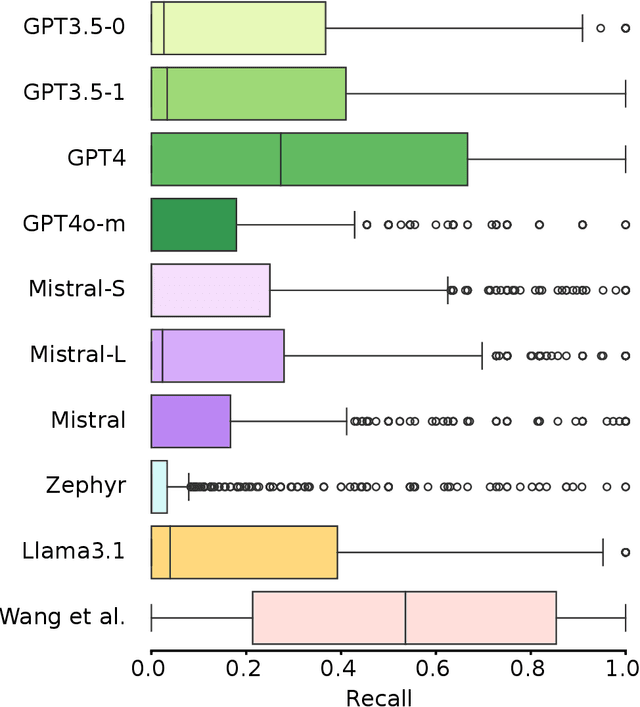
Abstract:Systematic reviews are comprehensive literature reviews that address highly focused research questions and represent the highest form of evidence in medicine. A critical step in this process is the development of complex Boolean queries to retrieve relevant literature. Given the difficulty of manually constructing these queries, recent efforts have explored Large Language Models (LLMs) to assist in their formulation. One of the first studies,Wang et al., investigated ChatGPT for this task, followed by Staudinger et al., which evaluated multiple LLMs in a reproducibility study. However, the latter overlooked several key aspects of the original work, including (i) validation of generated queries, (ii) output formatting constraints, and (iii) selection of examples for chain-of-thought (Guided) prompting. As a result, its findings diverged significantly from the original study. In this work, we systematically reproduce both studies while addressing these overlooked factors. Our results show that query effectiveness varies significantly across models and prompt designs, with guided query formulation benefiting from well-chosen seed studies. Overall, prompt design and model selection are key drivers of successful query formulation. Our findings provide a clearer understanding of LLMs' potential in Boolean query generation and highlight the importance of model- and prompt-specific optimisations. The complex nature of systematic reviews adds to challenges in both developing and reproducing methods but also highlights the importance of reproducibility studies in this domain.
Pre-training vs. Fine-tuning: A Reproducibility Study on Dense Retrieval Knowledge Acquisition
May 12, 2025Abstract:Dense retrievers utilize pre-trained backbone language models (e.g., BERT, LLaMA) that are fine-tuned via contrastive learning to perform the task of encoding text into sense representations that can be then compared via a shallow similarity operation, e.g. inner product. Recent research has questioned the role of fine-tuning vs. that of pre-training within dense retrievers, specifically arguing that retrieval knowledge is primarily gained during pre-training, meaning knowledge not acquired during pre-training cannot be sub-sequentially acquired via fine-tuning. We revisit this idea here as the claim was only studied in the context of a BERT-based encoder using DPR as representative dense retriever. We extend the previous analysis by testing other representation approaches (comparing the use of CLS tokens with that of mean pooling), backbone architectures (encoder-only BERT vs. decoder-only LLaMA), and additional datasets (MSMARCO in addition to Natural Questions). Our study confirms that in DPR tuning, pre-trained knowledge underpins retrieval performance, with fine-tuning primarily adjusting neuron activation rather than reorganizing knowledge. However, this pattern does not hold universally, such as in mean-pooled (Contriever) and decoder-based (LLaMA) models. We ensure full reproducibility and make our implementation publicly available at https://github.com/ielab/DenseRetriever-Knowledge-Acquisition.
AiReview: An Open Platform for Accelerating Systematic Reviews with LLMs
Apr 05, 2025Abstract:Systematic reviews are fundamental to evidence-based medicine. Creating one is time-consuming and labour-intensive, mainly due to the need to screen, or assess, many studies for inclusion in the review. Several tools have been developed to streamline this process, mostly relying on traditional machine learning methods. Large language models (LLMs) have shown potential in further accelerating the screening process. However, no tool currently allows end users to directly leverage LLMs for screening or facilitates systematic and transparent usage of LLM-assisted screening methods. This paper introduces (i) an extensible framework for applying LLMs to systematic review tasks, particularly title and abstract screening, and (ii) a web-based interface for LLM-assisted screening. Together, these elements form AiReview-a novel platform for LLM-assisted systematic review creation. AiReview is the first of its kind to bridge the gap between cutting-edge LLM-assisted screening methods and those that create medical systematic reviews. The tool is available at https://aireview.ielab.io. The source code is also open sourced at https://github.com/ielab/ai-review.
LLM-VPRF: Large Language Model Based Vector Pseudo Relevance Feedback
Apr 02, 2025Abstract:Vector Pseudo Relevance Feedback (VPRF) has shown promising results in improving BERT-based dense retrieval systems through iterative refinement of query representations. This paper investigates the generalizability of VPRF to Large Language Model (LLM) based dense retrievers. We introduce LLM-VPRF and evaluate its effectiveness across multiple benchmark datasets, analyzing how different LLMs impact the feedback mechanism. Our results demonstrate that VPRF's benefits successfully extend to LLM architectures, establishing it as a robust technique for enhancing dense retrieval performance regardless of the underlying models. This work bridges the gap between VPRF with traditional BERT-based dense retrievers and modern LLMs, while providing insights into their future directions.
Pseudo-Relevance Feedback Can Improve Zero-Shot LLM-Based Dense Retrieval
Mar 19, 2025
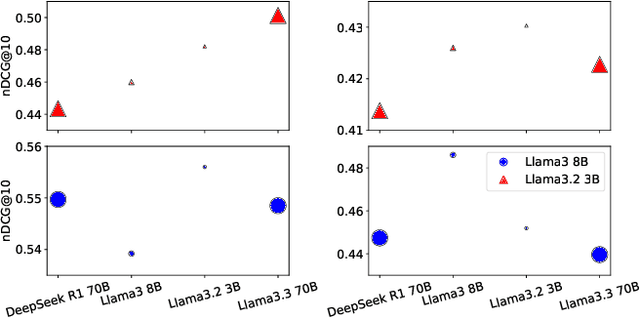

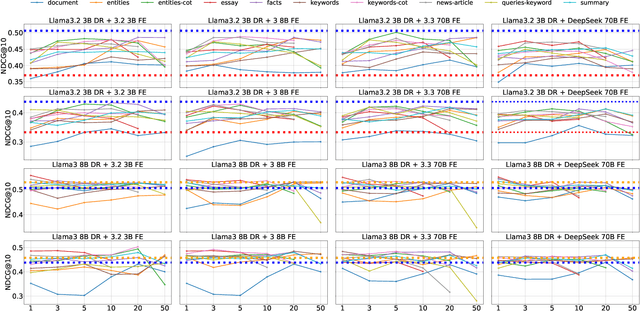
Abstract:Pseudo-relevance feedback (PRF) refines queries by leveraging initially retrieved documents to improve retrieval effectiveness. In this paper, we investigate how large language models (LLMs) can facilitate PRF for zero-shot LLM-based dense retrieval, extending the recently proposed PromptReps method. Specifically, our approach uses LLMs to extract salient passage features-such as keywords and summaries-from top-ranked documents, which are then integrated into PromptReps to produce enhanced query representations. Experiments on passage retrieval benchmarks demonstrate that incorporating PRF significantly boosts retrieval performance. Notably, smaller rankers with PRF can match the effectiveness of larger rankers without PRF, highlighting PRF's potential to improve LLM-driven search while maintaining an efficient balance between effectiveness and resource usage.
Rank-R1: Enhancing Reasoning in LLM-based Document Rerankers via Reinforcement Learning
Mar 08, 2025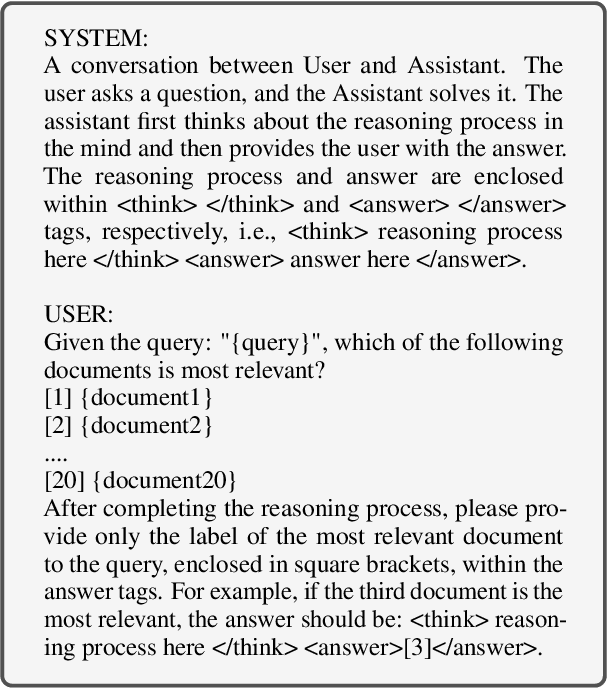
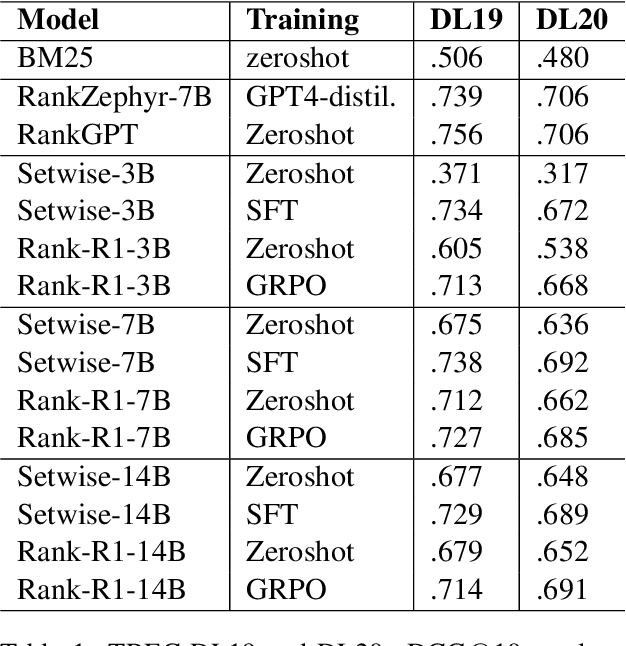
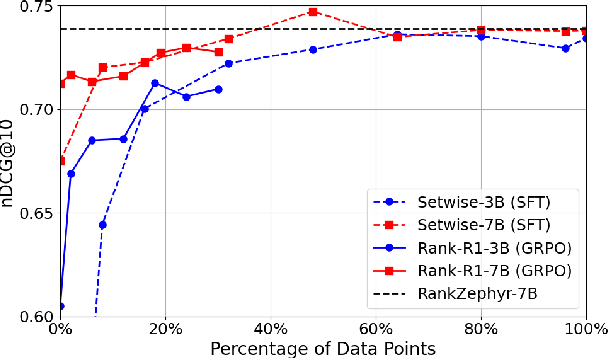
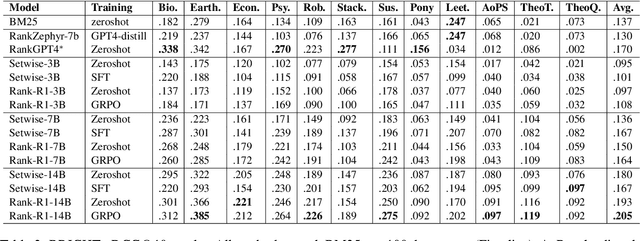
Abstract:In this paper, we introduce Rank-R1, a novel LLM-based reranker that performs reasoning over both the user query and candidate documents before performing the ranking task. Existing document reranking methods based on large language models (LLMs) typically rely on prompting or fine-tuning LLMs to order or label candidate documents according to their relevance to a query. For Rank-R1, we use a reinforcement learning algorithm along with only a small set of relevance labels (without any reasoning supervision) to enhance the reasoning ability of LLM-based rerankers. Our hypothesis is that adding reasoning capabilities to the rerankers can improve their relevance assessement and ranking capabilities. Our experiments on the TREC DL and BRIGHT datasets show that Rank-R1 is highly effective, especially for complex queries. In particular, we find that Rank-R1 achieves effectiveness on in-domain datasets at par with that of supervised fine-tuning methods, but utilizing only 18\% of the training data used by the fine-tuning methods. We also find that the model largely outperforms zero-shot and supervised fine-tuning when applied to out-of-domain datasets featuring complex queries, especially when a 14B-size model is used. Finally, we qualitatively observe that Rank-R1's reasoning process improves the explainability of the ranking results, opening new opportunities for search engine results presentation and fruition.
Leveraging Semantic Type Dependencies for Clinical Named Entity Recognition
Mar 07, 2025



Abstract:Previous work on clinical relation extraction from free-text sentences leveraged information about semantic types from clinical knowledge bases as a part of entity representations. In this paper, we exploit additional evidence by also making use of domain-specific semantic type dependencies. We encode the relation between a span of tokens matching a Unified Medical Language System (UMLS) concept and other tokens in the sentence. We implement our method and compare against different named entity recognition (NER) architectures (i.e., BiLSTM-CRF and BiLSTM-GCN-CRF) using different pre-trained clinical embeddings (i.e., BERT, BioBERT, UMLSBert). Our experimental results on clinical datasets show that in some cases NER effectiveness can be significantly improved by making use of domain-specific semantic type dependencies. Our work is also the first study generating a matrix encoding to make use of more than three dependencies in one pass for the NER task.
DenseReviewer: A Screening Prioritisation Tool for Systematic Review based on Dense Retrieval
Feb 05, 2025Abstract:Screening is a time-consuming and labour-intensive yet required task for medical systematic reviews, as tens of thousands of studies often need to be screened. Prioritising relevant studies to be screened allows downstream systematic review creation tasks to start earlier and save time. In previous work, we developed a dense retrieval method to prioritise relevant studies with reviewer feedback during the title and abstract screening stage. Our method outperforms previous active learning methods in both effectiveness and efficiency. In this demo, we extend this prior work by creating (1) a web-based screening tool that enables end-users to screen studies exploiting state-of-the-art methods and (2) a Python library that integrates models and feedback mechanisms and allows researchers to develop and demonstrate new active learning methods. We describe the tool's design and showcase how it can aid screening. The tool is available at https://densereviewer.ielab.io. The source code is also open sourced at https://github.com/ielab/densereviewer.
Document Screenshot Retrievers are Vulnerable to Pixel Poisoning Attacks
Jan 28, 2025
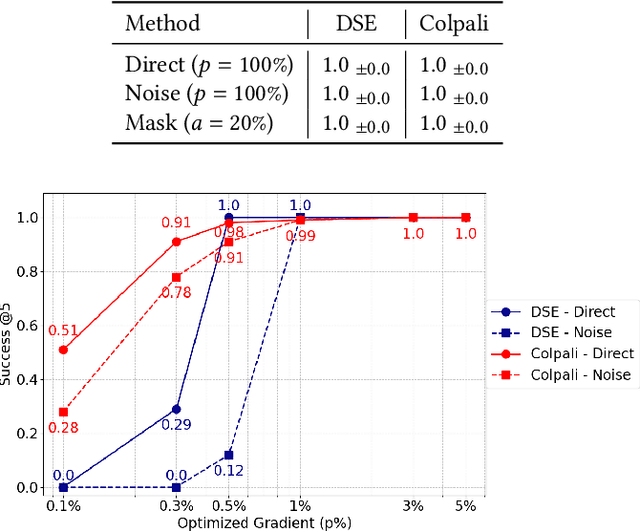


Abstract:Recent advancements in dense retrieval have introduced vision-language model (VLM)-based retrievers, such as DSE and ColPali, which leverage document screenshots embedded as vectors to enable effective search and offer a simplified pipeline over traditional text-only methods. In this study, we propose three pixel poisoning attack methods designed to compromise VLM-based retrievers and evaluate their effectiveness under various attack settings and parameter configurations. Our empirical results demonstrate that injecting even a single adversarial screenshot into the retrieval corpus can significantly disrupt search results, poisoning the top-10 retrieved documents for 41.9% of queries in the case of DSE and 26.4% for ColPali. These vulnerability rates notably exceed those observed with equivalent attacks on text-only retrievers. Moreover, when targeting a small set of known queries, the attack success rate raises, achieving complete success in certain cases. By exposing the vulnerabilities inherent in vision-language models, this work highlights the potential risks associated with their deployment.
 Add to Chrome
Add to Chrome Add to Firefox
Add to Firefox Add to Edge
Add to Edge